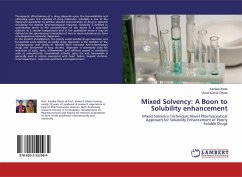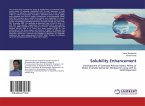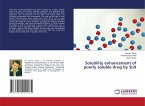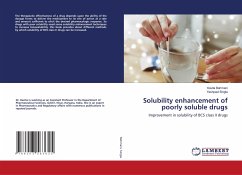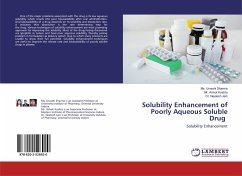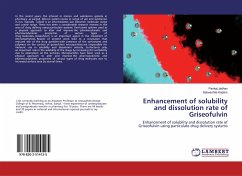Therapeutic effectiveness of a drug depends upon the bioavailability and ultimately upon the solubility of drug molecules. Solubility is one of the important parameter to achieve desired concentration of drug in systemic circulation for desired pharmacological response. Solubility is defined in quantitative terms as the concentration of the solute in a saturated solution at a certain temperature and in the qualitative terms it may be defined as the spontaneous interaction of two or more substances to form a homogenous molecular dispersion. In the present investigation, the poorly water-soluble drugs naproxen and furosemide were selected as model drug. Naproxen is the member of the 2-arylpropionic acid family of NSAIDS (Non Steroidal Anti-inflammatory drug) and furosemide is loop diuretic. Naproxen is commonly used for reduction of pain, fever, inflammation and stiffness caused in conditions such as osteoarthritis, rheumatoid arthritis, gout etc and furosemide is generally used in edema associated with heart failure, hepatic cirrhosis, renal impairment, nephrotic syndrome and hypertension.

